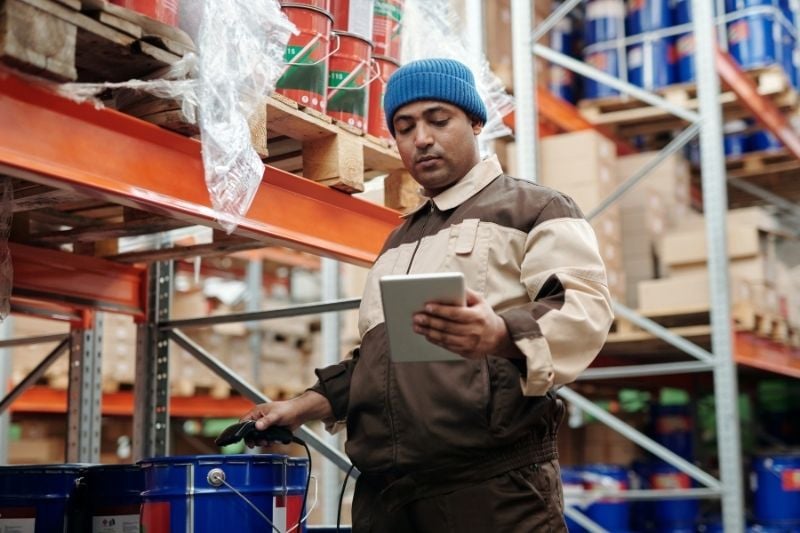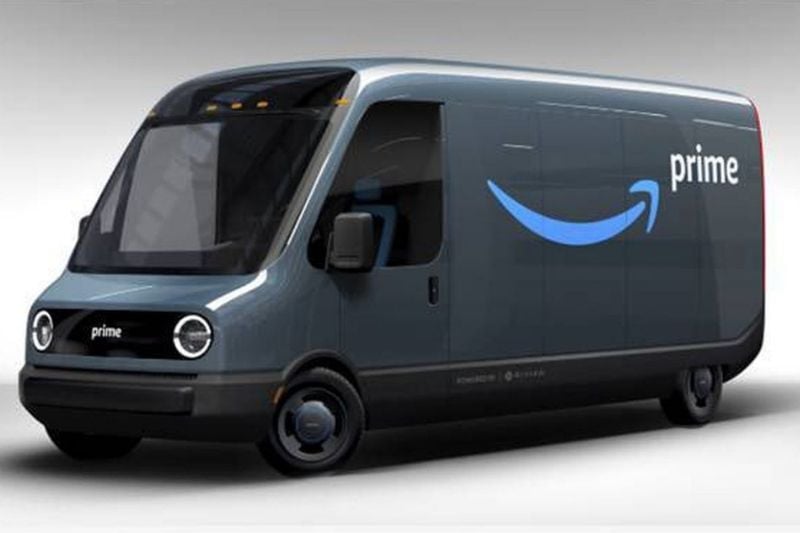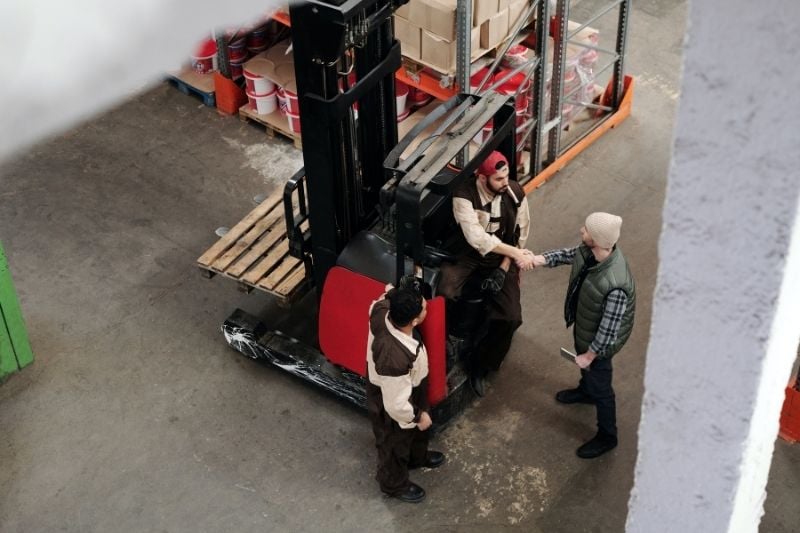Transportation and logistics are evolving in this digital age, but with every evolution, there’s always disruptions. Here is a list of 5 challenges that the transportation and logistics industry faces and how to combat those obstacles in 2021.
From shipping customers’ packages on time to distributing Covid-19 vaccines at the right temperature, the transportation and logistics industry has been foundational to a company’s success. Like many industries, the advance of e-commerce and the globalization of trading has made the transportation and logistics industry shift to a new digital direction. However with innovation comes various opportunities and challenges, here is a list of the 5 top obstacles that the transportation and logistics industry faces in 2021.
1. Supply Chain Disruption
Covid-19 is the biggest disruption to the supply chain industry, forcing a growing wedge between supply and demand, this global pandemic has frozen businesses and operations as we know them. China was the sole supplier for a lot of businesses, but after the global lockdown, borders shutting down, and the US-China trade war, heavy limitations were placed on transportation and travel. In addition, medical supplies, pharmaceutical drugs, and other products were also temporarily unavailable. Now realising that businesses and factories cannot rely on a single supplier, they need to rethink their supply strategies while also minimizing costs.
2. Rise of Technology
Government-mandated lockdowns drove both individuals and businesses online, creating an increase in e-commerce activity. Within the Asia Pacific region, there has been an increase of US$2.45 trillion in online retail sales, Alibaba alone accounting for US$74.1 billion of these sales. Digitalisation is only going to grow, and in order to stay on top of other competitors, the main challenges logistics companies face is the ability to keep up with the latest technology.

New technology (AI)
Since trucking and logistics companies are always testing innovative ways to stay in competition, most should turn to Artificial Intelligence (AI). With the emergence of AI, companies are seeking people with IT skills to operate and optimise machines, which has caused many to be afraid of machines taking their jobs.
Cyberattacks
Digitalization also gives businesses more access to data which can speed up operations, minimize errors, and improve overall performance. However, this increases the risk of cyberattacks: the most common form of cyberattack is ransomware, where hackers are able to access and delete transaction data and demand a ‘ransom’ to restore this data. The best way to deal with being hacked is to have a backup plan ready in case of a breach; the National Institute of Standards and Technology has created multiple projects, programmes, checklists, and resources to better secure your system.
3. Employee Loyalty
Employee engagement matters most in logistics; according to a recent study, 85% of employees don’t feel engaged or inspired by their jobs. Especially due to the growing digitalisation and globalisation, many employees feel the need to update their digital skills and knowledge of supply chain technology, besides only using Excel. With the growing demand for supply chain and logistics as more and more consumers are under lockdown, the industry has to evolve. With many workers realising their worth as they develop their skill set, if a company is not providing opportunities for growth, they can simply seek employment elsewhere, leading to a high turnover rate. It is important to prioritize your employees to gain higher employee retention, better productivity, and also maintain a good reputation.
4. Customer Expectations
Known as the “Amazon Effect”, technological advancements have caused customer expectations to shift to a more digital mindset. Customer delivery demands have switched to wanting fast, free shipping, and low cost experience. Because Information is now easily trackable and accessible, customers are able to hold transport companies accountable by monitoring every detail of the process. Research shows that 29% of consumers won’t order a product if shipping isn’t free, and besides staying informed, customers also prefer transport companies to deliver directly to consumers instead of just shopping outlets. This demand drives up the cost of last-mile delivery, which is why companies in Hong Kong are investing in smaller trucks to provide shorter and frequent runs to accommodate this demand.
Since companies like Amazon already have a competitive edge on delivering products overnight, some companies are looking at using customer loyalty to their advantage. If a customer trusts a brand and its product quality, they won’t mind paying an additional shipping fee or waiting a couple of days for their product to arrive.
Customer satisfaction is often the reason why the transportation and logistics industry is so challenging and competitive. In order for these companies to succeed, they need to either adapt a more digital path or risk going out of business.

5. Green Logistics
Green Logistics refers to the set of sustainable policies and measures aimed at reducing the environmental impact caused by the activities in the business area. Green logistics seeks to measure the carbon footprint of logistics, reduce air, soil, water, and noise pollution, and use supplies rationally.
One of the primary challenges to green logistics is the industry’s dependence on fossil fuels, causing a 50% increase in fuel prices. To combat this issue, companies are evolving technology which includes the use of drones, advanced robots, and self-driving electric vehicles (EV). Singapore Finance Minister Heng Swee Keat, just announced the country’s target to solely use EV by 2040. In order to aid in climate protection, DHL just launched its plan to reduce logistics emissions to zero by 2050 with the help of using clean pick-up and delivery solutions like bicycles and EV.
Green logistics gives companies an advantage over their competition. It allows you to set your brand apart from others, and creates an effective saving strategy for coping with rising costs.

How do we overcome these challenges?
1. Address these obstacles immediately
The transportation and logistics industry is very competitive, with every company trying out alternative ways to differentiate themselves, the best way to gain an advantage is to deal with any obstacles as soon as possible. Since Covid-19, it is now more important than ever that companies invest in flexible solutions, as even the most minor issues can eventually snowball into something highly problematic. By dealing with these issues as soon as possible, businesses can get a head start against their competitors in acquiring new clients and also keeping their existing customers.
2. Invest in new technology
If companies do not keep up with digital advances, they risk going out of business. The most effective response to these challenges is investing in new technology: from AI and cybersecurity, to automation and electric vehicles, these technologies can enhance productivity, better predicting shipment location delays and times. With this comes new and evolving job opportunities so training your existing workforce allows you to expand their skill sets, allows for more control over wages, and also lower operating costs.
3. Finding a balance
Not all companies can invest in large-scale change. Oftentimes, many companies tend to prioritize too many factors at once such as having financial security, investment services, and customer satisfaction. It is recommended to find the optimal balance and know which challenge to prioritise first. Once you find an optimal balance, surviving the pandemic and growing and scaling your business will be more attainable.

Related Articles
Redefining Intelligent Logistics
Analysis | Strong E-Commerce Demand Could Bolster Logistics Industry
Singapore Logistics Startup Ninja Van Raises USD 274 Million in Series D Funding





